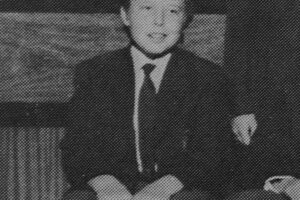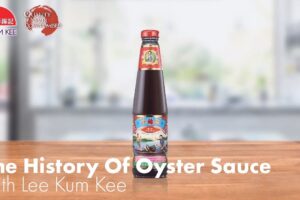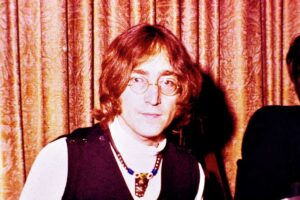Tsutomu Yamaguchi Surviving Two atomic bombs
Tsutomu Yamaguchi worked as normal in his Mitsubishi Heavy Industries office in July 1945. The 29-year-old Nagasaki native was in Hiroshima for three months for work. He finished his technical job on August 6.
Morning Yamaguchi was eager to finish his work and go home. He accidentally spotted fighter planes passing and dumping an object with a bright flash while walking to the dock about 8:15 AM.
The atomic weapon fell and exploded quickly. In summary, the atomic bomb killed 140,000 Hiroshima residents. Shockwaves threw Yamaguchi, 3 km from the blast centre.
Flames raged in unpredictable directions as Yamaguchi caught under rubble. Flames burnt much of his left side. A massive bomb blast damaged his eardrums.
Still, Yamaguchi survived. He struggled to reach Mitsubishi’s remaining shipyard. He found his colleagues Akira Iwanaga and Kuniyoshi Sato, who survived the blast.
After sleeping in the demolished air raid bunker, they headed to the still-operating train station on August 7.
Yamaguchi returned to Nagasaki by rail, desperate. Soon after landing in the city, he was hospitalised.
Yamaguchi, still recovering, told his superiors about the Hiroshima explosion on August 9. No one had told them about the conflict.
While Yamaguchi returned to his wife and child, the world focused on Hiroshima. US President Harry Truman revealed the atomic bomb in a speech 16 hours after the detonation.
“It is harnessing the basic power of the universe,” he stated.
Nagasaki people astonished by U.S. fighter planes flying overhead during this turmoil. The jet dropped another atomic bomb around 11 AM.
Yamaguchi was in a nuclear fire again. This second blast killed around 70,000 individuals. Yamaguchi and his family escaped a second atomic attack with miraculous survival.
The Condition After Bomb
While alive, he faced several challenges. The insufficient treatment of his serious burns left him with high fever and vomiting for nearly a week.
The two atomic bombs transformed the Pacific War. The Greater East Asia War ended when Japan surrendered to the Allies on September 2, 1945. The Allies ruled Japan for a while.
Japan’s sole foreign-ruled period was the Allied presence. Tsutomu Yamaguchi worked as an occupying military translator to support himself.
The Allies occupied until 1952. Yamaguchi returned to Mitsubishi to design oil tankers. Yamaguchi and his Nagasaki atomic bomb survivor wife had two daughters in the early 1950s.
The Japanese government honoured atomic bomb survivors when the political situation improved. In 1957, “Hibakusha” was created.
The government provided Hibakusha with free health checks, monthly stipend, and proper burial grounds. Yamaguchi traumatised and tried to forget the disaster. He content with recognised as a Hibakusha in Nagasaki.
Old Age Health Issues
Tsutomu Yamaguchi didn’t need attention as a dual survivor from the start. In old age, he saw his survival as a story to tell.
He requested dual recognition in January 2009. The Japanese government approved the application in March 2009. Yamaguchi became the only certified survivor of two atomic bombs.
Yamaguchi commented, “My twofold radiation exposure is a government record. This can teach future generations about the horrors of atomic bombs when I’m gone.”
The saying was timely. Ten months after the Japanese government’s recognition, 93-year-old Yamaguchi, who resided with his daughter in Nagasaki, died of cancer on January 4, 2010.
Even though Yamaguchi was 93, his family’s health needed special attention. And then, his wife, Hisako, died of cancer at 88 in 2008. Their three children from their marriage have serious health issues.
Tsutomu Yamaguchi’s narrative illustrates nuclear war’s horrors. Yamaguchi, known as the “man who was bombed twice,” advocated for nuclear disarmament. Finally, in his old age, he detailed his experiences to prevent Hiroshima and Nagasaki from being forgotten.



